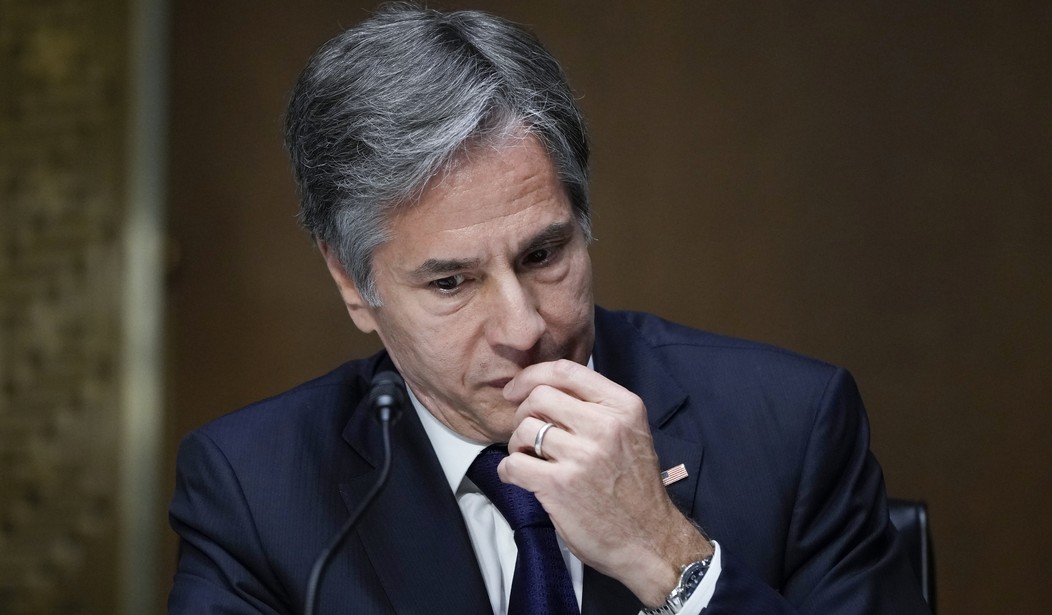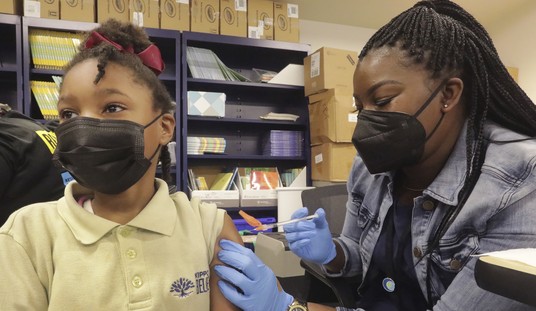We’ve known for nearly a week now that the identity of the driver of a Toyota that was blown up in Kabul by a hellfire missile fired from a Predator drone was in question. The Pentagon originally said that he was a suicide bomber with ISIS-K. But the New York Times claimed that he was actually an engineer who had been working for years with a California aid group. During congressional hearings where Secretary of State Antony Blinken has been facing a grilling over the botched withdrawal from Afghanistan, the question was raised once again. Senator Rand Paul (R – Kentucky) pointed out what should have already been obvious.
Sen. @RandPaul: "The guy the Biden administration droned: was he an aid worker or an ISIS-K operative?"
Sec. Blinken: "I don't know because we're reviewing it."
Sen. Paul: "You'd think you'd kind of know before you off somebody with a predator drone." pic.twitter.com/kGWSuTySho
— Daily Caller (@DailyCaller) September 14, 2021
The answer “I don’t know” doesn’t come across particularly well, especially in a moment when the Taliban are conducting a whisper campaign all across Afghanistan, undermining the faith and confidence in the Afghanis over the United States’ involvement in their country. And the statements coming from Pentagon spokesman John Kirby don’t inspire a lot of confidence either. (Axios)
Facing scrutiny from a Senate panel Tuesday, Secretary of State Antony Blinken admitted that he doesn’t know if the U.S. mistakenly targeted an aid worker in a drone strike in Kabul that reportedly killed 10 Afghan civilians.
The U.S. is still investigating the strike, and maintains it “was taken to prevent an imminent threat to the airport,” Pentagon spokesperson John Kirby said in a statement Tuesday. “We do work very hard to avoid civilian casualties, and we would be deeply saddened by any loss of innocent life.”
I’m going to play devil’s advocate here for a moment on a couple of points. First of all, when it comes to the question of whether the driver was an ISIS-K bomber or an Afghan helper who worked with the United States, it can’t be entirely ruled out that both could be simultaneously true. The terrorists were always too clever by half when it came to embedding some of their own fighters among our ranks as moles, waiting for the opportune moment to strike. But given how long that guy had allegedly been working for the aid group with no problems, he would have to have been a very deep mole indeed. And why wait until the final hours of the American presence in Kabul to strike when he likely had so many other opportunities in the past?
Let’s assume for the moment that he wasn’t with ISIS. Even if he was totally innocent, I will fall back on one of my father’s favorite sayings, speaking as an infantryman who fought in France and Germany during World War 2. “Son, sometimes bad things happen in war.” I’m not trying to be cavalier here or seeking to make light of a potentially innocent man’s death. But the fog of war can be brutal at the best of times. And when that strike happened, it was far worse than usual. Kabul was in complete chaos and the area near the airport was swarming with innocent civilians, Taliban fighters, and, at times, at least some terrorists. If there was some bad intel about the driver of the car that got passed up the line, then the mistake was ours and we’ll have to own up to it. But there’s always a certain amount of collateral damage and that’s particularly true when you adopt an “over the horizon” strategy as Joe Biden has.
With all of that said, the bigger question I have is why Antony Blinken is the one being questioned about this. Shouldn’t we have Lloyd Austin in the chair fielding that query? Blinken was apparently one of the key players involved in negotiating agreements with the Taliban (and to this day, I still can’t believe I just typed that sentence), but the decision to launch a strike on an assumed ISIS-K fighter in a crowded portion of the city would have come out of the Pentagon. We don’t know if the “go” call came all the way from the Situation Room via Biden or Austin personally or if it was made in the field, but it would have had to have been approved at a fairly high level.
The worst-case scenario here would be one I’ve worried about during previous missile strikes going back to earlier in the summer. We’ve traditionally kept track of many ISIS fighters in that region without taking immediate action. There had just been a major strike by a suicide bomber in the city. Add those two facts together and I become concerned that we might have been in a position of needing to look like we were “doing something” in response. It’s not inconceivable that we were just looking for the nearest suspected ISIS-K fighter we could get eyeballs on to take him out and project the image of still being on top of the situation. If we got the wrong license plate number or something and the wrong guy was hit, that would be awful. But – again – bad things happen in war.








Join the conversation as a VIP Member